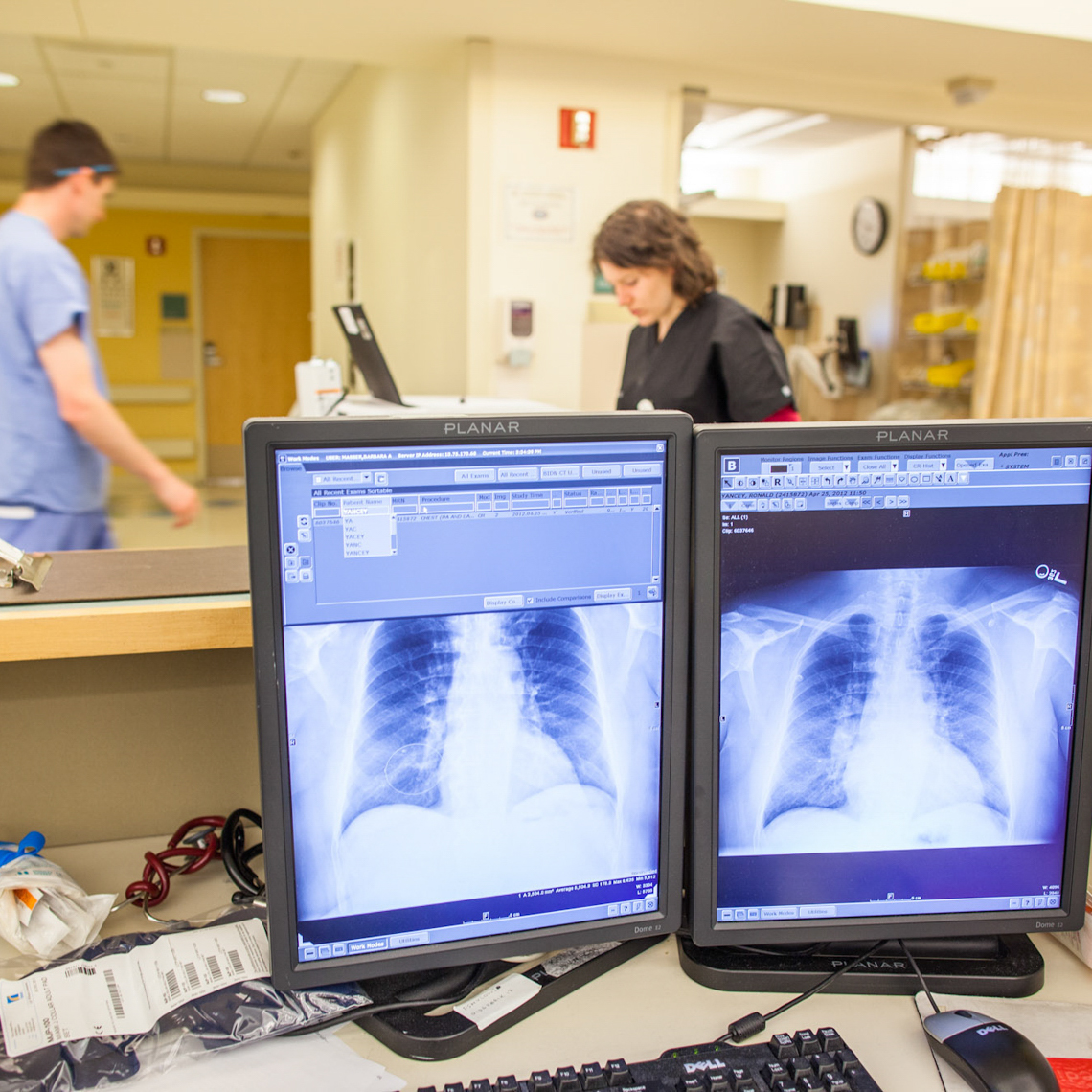Newsletter
It’s Time to Have a Meaningful Conversation about Medical Errors
Dec 31, 2018
| 1 | Talking to a friend about bad breath |
| 2 | Talking to a child about recreational drugs |
| 3 | Talking to an elderly parent about giving up driving |
| 4 | Talking to a child (or parent) about sex |
| 5 | Talking to an employee about performance |
| 6 | Talking to an employer about salary |
| 7 | Talking to a sibling about addiction |
| 8 | Talking to a doctor about embarrassing issues |
| 9 | Talking to a spouse about divorce |
| 10 | Talking to a colleague about medical errors* |
One way or another, we all face difficult conversations. While avoiding them may be tempting, dodging difficult topics doesn’t erase our problems. The best way to make a bad situation better is through a reasonable discussion. Advice on how best to conduct those discussions for items 1–9 is readily available: where there’s a will to confront an awkward topic, there are plenty of ways to do so.
But, while Item 10 can be difficult, consider the ramifications of not having those discussion: more errors and more risk to patients and health care providers. Talking about (non-personal) medical errors is essential to bringing about the changes necessary to prevent similar mistakes and patient harm. Besides, talking about medical errors doesn’t have to be hard. You only need three things:
DATA: CRICO Strategies national Comparative Benchmarking System (CBS) is an encyclopedic source of malpractice data. In addition to annual benchmarking reports and the CRICO Strategies web pages, CBS data analyses can be found in an increasing number of research papers and peer-review journals.
EXAMPLES: Case studies based on actual malpractice cases provide tangible context to conversations otherwise focused on data analyses. One poignant case often stirs more conversation than a dozen tables and charts.
AUDIENCE: Discussions of malpractice data and case studies are worthwhile whether one-to-one or 1–100. What’s more important than the numbers or setting for such discussions is having a goal for such engagement and a commitment to act on opportunities to prevent recurrence of similar events.
If you didn’t have a meaningful conversation about medical errors in 2018 (or even if you did), then resolve to do so in the new year.
*Conversations regarding the specific details of a formal malpractice claim or lawsuit (or even a potential claim or suit) must be limited to protected individuals and settings: risk manager, medical professional liability insurance representative, defense attorney. Conversations about the personal impact of an adverse event of legal action, minus any case-specific details, are less restrained, but deserve discretion.
Additional Material
Latest News from CRICO
Inform Safer Medical Oncology Practice with Lessons from Medical Malpractice Claims


Teleradiology Medical Malpractice Cases

Assessment of Claimant, Clinical, and Financial Characteristics of Teleradiology Medical Malpractice Cases

